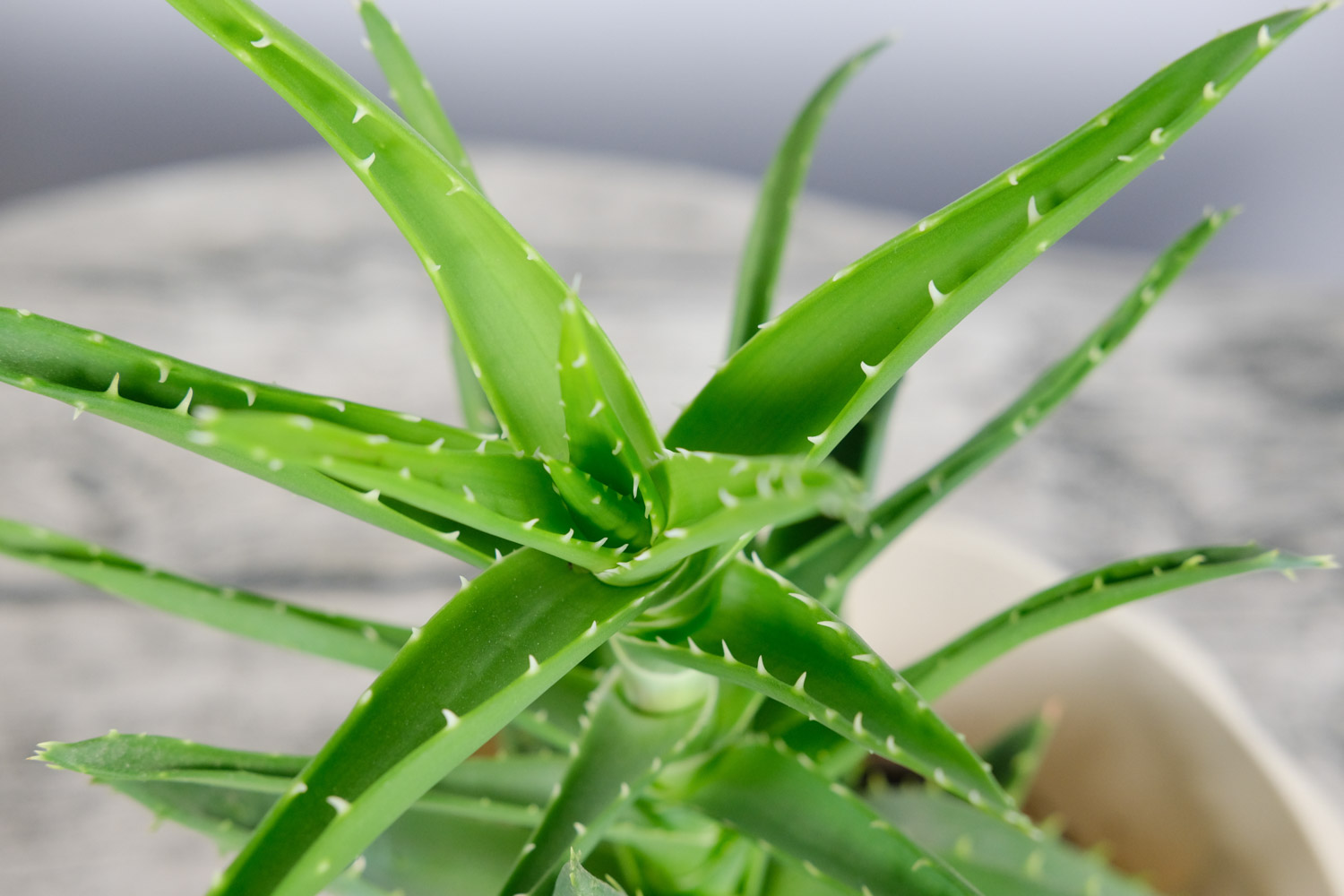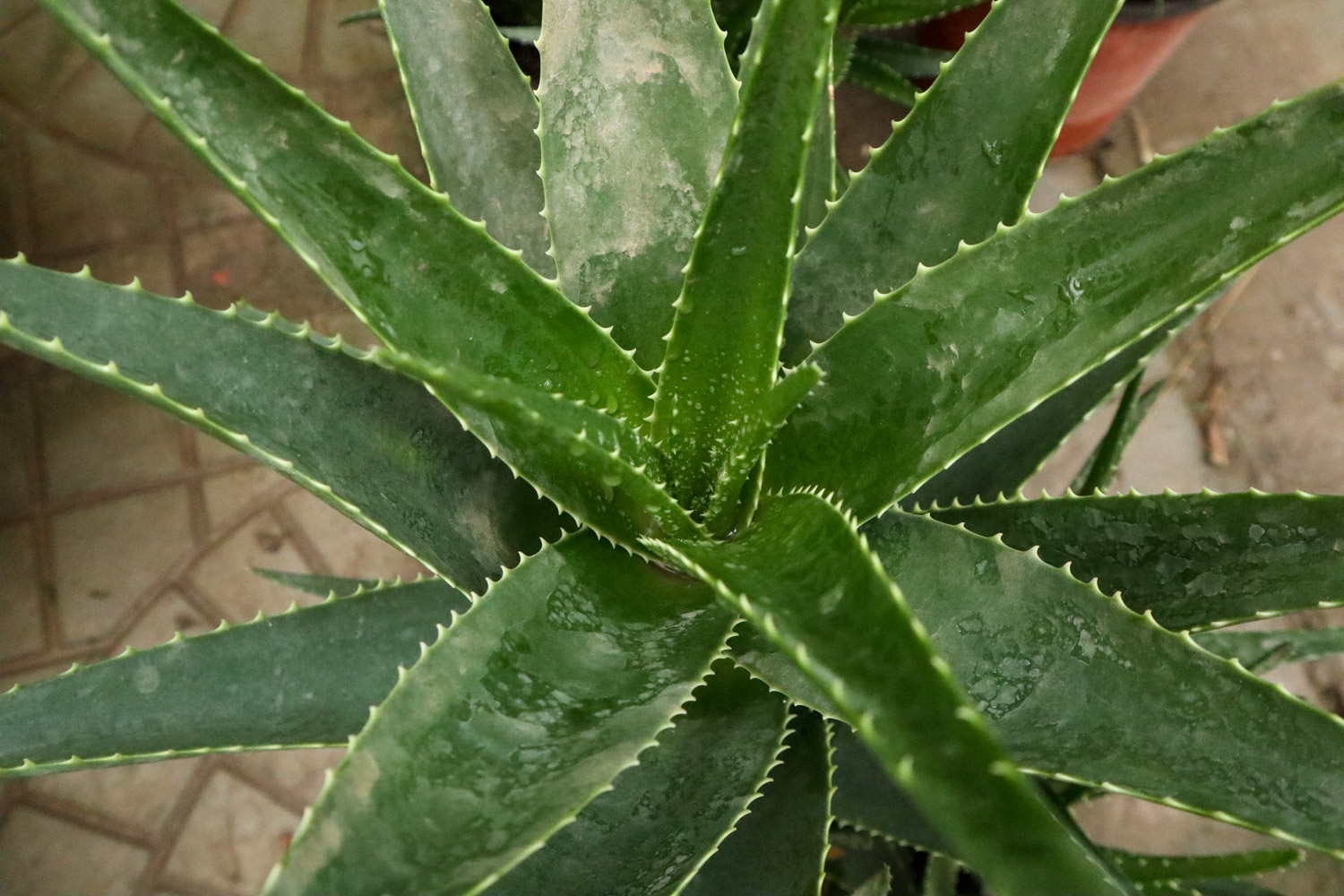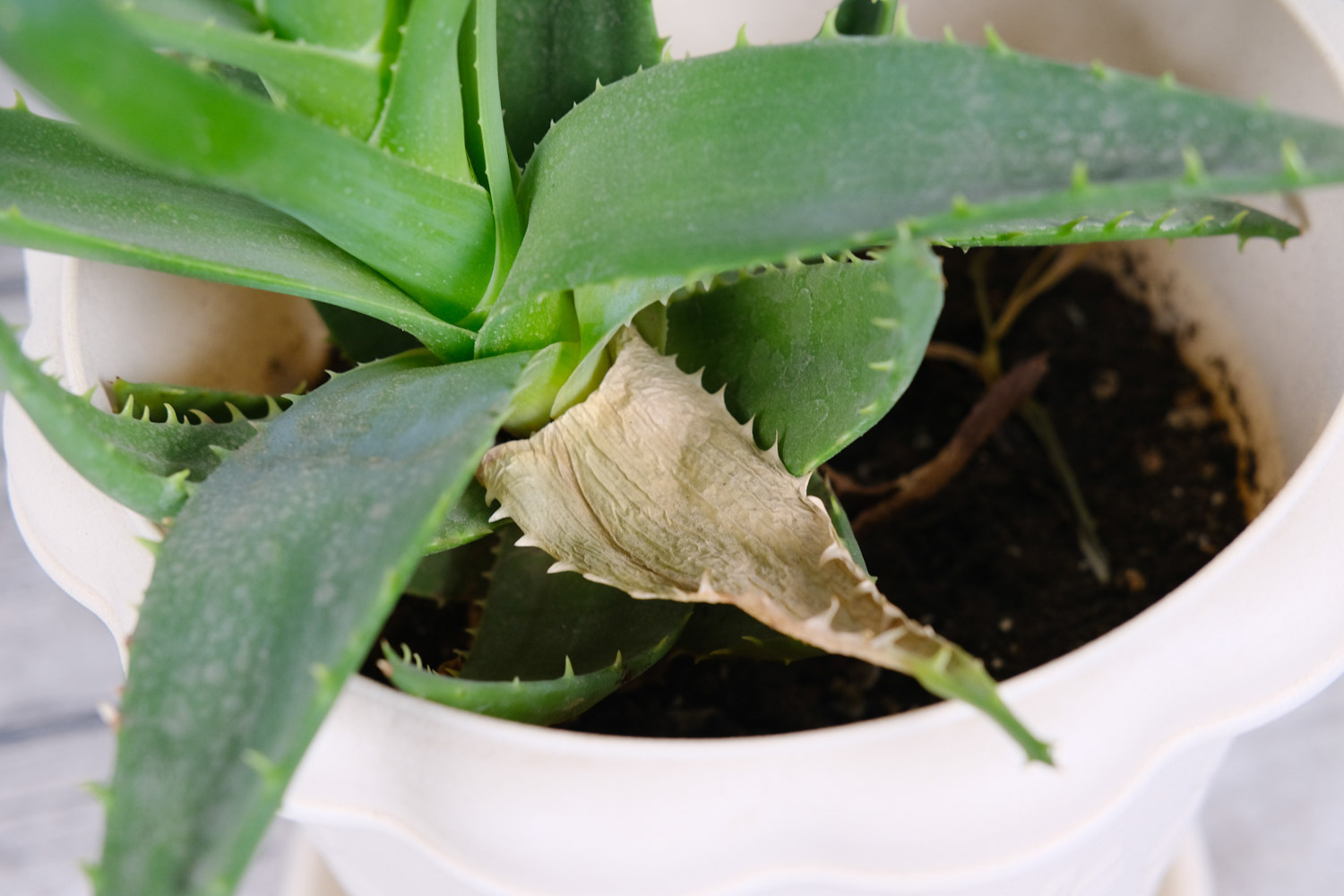1、 What kind of water
Aloe is suitable for growing in acidic environment. If the soil is neutral or alkaline, it can be improved by watering. Add a certain amount of ferrous sulfate in water to make a very low concentration ferrous sulfate solution. Watering it can not only improve the pH, but also supplement iron ions. In addition, watering diluted beer also contributes to its growth

2、 How to water
1. Spring: spring is the season for aloe to resume growth. With the gradual rise of temperature, the number of watering should also increase. When the temperature reaches 15-25 ℃, water should be poured every 5-7 days

2. Summer: the temperature in summer is very high, and the water in Aloe loses quickly, so watering should be more frequent. Generally, it should be watered once every 2-3 days. Every morning and evening, water should be sprayed on the leaves to increase humidity and reduce temperature
3. Autumn: the temperature drops in autumn, and the frequency of watering is similar to that in spring. However, with the continuous decline of temperature, watering should also be reduced slowly. You can wait for the basin soil to dry before pouring, so it is not easy to flood the roots with water

4. Winter: aloe grows slowly in winter and has little demand for water. Generally, water once every 15-20 days. The watering time is at noon, which can avoid frostbite to the plant

 jackfruit
jackfruit snake plant
snake plant hibiscus
hibiscus hydrangea
hydrangea lavender
lavender Green roses climb al...
Green roses climb al... If you don't pay att...
If you don't pay att... Management of four g...
Management of four g...
































